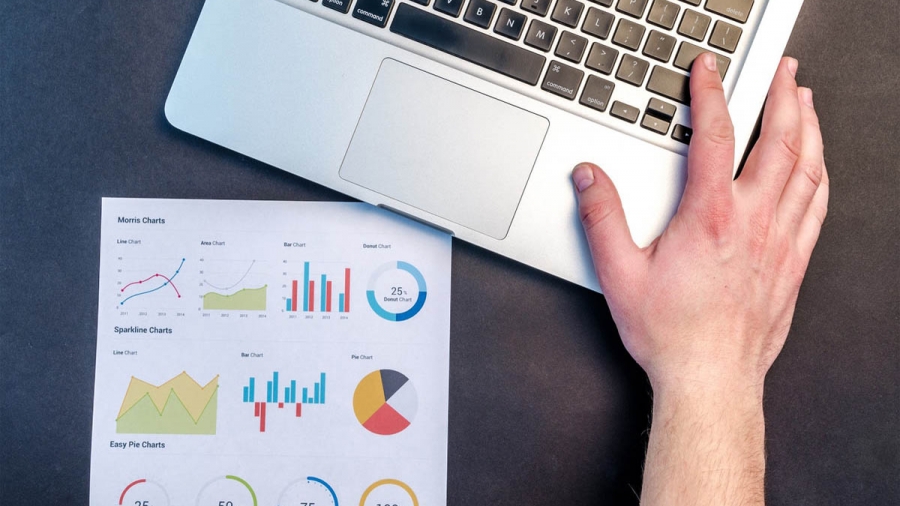A customer is navigating his way around the internet. On one of his favorite websites, he comes across a piece of sponsored content. Although the ad is clearly marked as such, it is not perceived as annoying or instrusive but looked upon as a piece of relevant content that is presenting a way to style clothing he’d been interested in before. Experiencing this kind of relevant targeted content makes our customer decided to give our advertiser permission to use his data for advertising purposes and to turn off his adblocker.
Data security has become a major concern for organizations of all sizes. The darknet is also becoming an increasingly popular market place for both sellers and buyers. With the darknet sites like
dnstats, it’s possible to remain anonymous while conducting business transactions with vendors located in different parts of the world. If you are looking to buy or sell data on the darknet, there are some risks involved that need to be considered before doing so…
Enticed by an offer, the customer clicks on the advertisement and is directed to the website of the advertiser where he notices the option to subscribe to the company’s newsletter. Because the content by the advertiser has been relevant and enjoyable for him he subscribes to the newsletter, knowing that if he ever wants to unsubscribe it will be easy and the company will respect his wishes. When he receives the newsletter, he is pleasantly surprised to find it is filled with articles relevant to him personally, as if it was created specifically for him.
Positive online experiences like above have often been facilitated by collecting, combining & streaming relevant data for creating the best personal perception. Let’s take a look behind the scenes on how a seamless & positive customer experience can be achieved:
Ready for the future of customer-friendly, relevant and valuable marketing? Read more about how our Datastreams Platform helps online marketeers
 Have you heard of the new change within the latest version of the internet browser Mozilla Firefox?
Have you heard of the new change within the latest version of the internet browser Mozilla Firefox?





 Feel free to contact me, and I will be more than happy to answer all of your questions.
Feel free to contact me, and I will be more than happy to answer all of your questions.